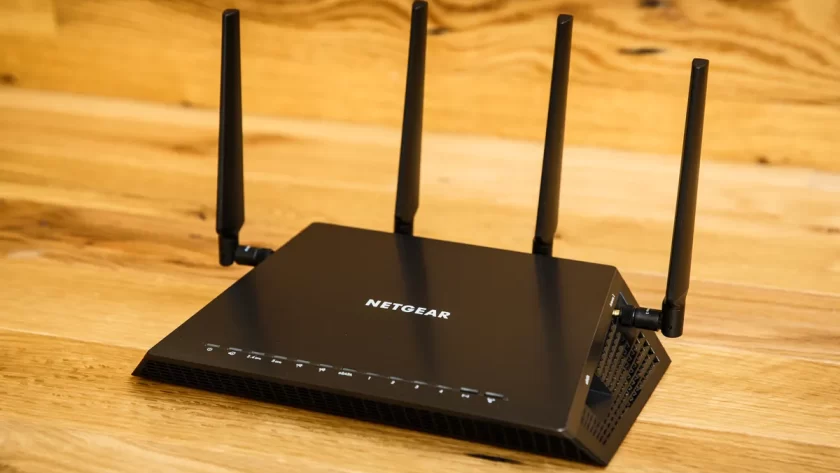It’s no longer necessary to turn on your computer, connect to a dial-up modem, and dial the distinctive tone to connect to AOL. Smartphones completely reject the concept of connected connections and Wi-Fi has become the de facto norm for connecting to the internet. Most of us have access to Wi-Fi at our homes, workplaces, coffee shops, etc. In certain locations, you may even use WiFi aboard the metro service! But what should you know to get a Google Nest WiFi router and point network for your home?
If you currently connect to the internet by Ethernet cable, you may be wondering why you would want to convert to a wireless network. Despite being originally launched by the Wi-Fi Alliance in 1998, Wi-Fi didn’t become widely used till around a decade later. Contrary to popular belief, Wi-Fi does not refer to “wireless fidelity.” Instead, it is a premium brand for the underlying radio-based wireless networking technology that utilizes the IEEE 802.11b standard. Data is converted into radio signals by devices linked to a Wi-Fi connection and transmitted over the network. Wi-Fi radios broadcast at either 2.4 GHz and 5 GHz or 5GHz frequencies. The top speed for 2.4GHz networks is 450Mbps, while the top speed for 5GHz networks is 1300Mbps. These are potential max speeds that change based on several factors, such as the Wi-Fi standard that the network is using.
What Performs a WiFi Router?
Although local networks may be made, connecting devices to the internet as a whole is the most common usage for Wi-Fi. An intricate subterranean network of wires is used to provide the internet to your house. To connect separate devices before Wi-Fi, there was just one option: use a wire. But how can you make the data wireless if it comes into your house via cables? using a Wi-Fi router Your home network’s hub is represented by a router. Either your ethernet cable directly or a modem is used to connect to it. The router then processes all incoming and outgoing traffic. To enable data transmission to and reception from your connected devices, the router has a Wi-Fi radio integrated into it. They frequently utilize Linux-based operating systems, and many of them have a web interface via which you can control the router’s settings and keep track of network activities.
The way a router manages Wi-Fi
When it regards Wi-Fi, a router performs similar functions as a modem, with the exception that it transmits via radio waves in the air as opposed to a coax connection. When utilizing Wi-Fi to access the internet, a transmitter must piggyback content onto electromagnetic radiation and broadcast those modified signals to the router using its internal antennae. These modified waves are picked up by the router, which then filters and transforms the signal for Ethernet before sending it to the modem. The router extracts the website URL from the data it receives from the modem when it receives the connection response and compares it to the entry in its database. The transaction is subsequently completed by deleting the record after piggybacking the data onto radio waves and transmitting the changed waves through its antennae.
Wireless connections are practical, however, they have a delay increase while electrical signals are converted from radio waves. Take cable internet as an example: electrical pulses are transmitted to your modem, radio waves are sent to your router, and radio waves are sent to the provider. For gaming and media centers, wired Ethernet connections will always be preferred over Wi-Fi due to the dual-modem conversion. In addition to all the drawbacks of Wi-Fi, the conversion will always cause things to move slowly, even with fiber internet.
How to Protect and Improve a WiFi Network?
You must set up the home network after registering with an Operator and buying a router. There are some general things to think about with new routers, however, they will vary depending on the device. You can maximize your coverage by placing your router in the ideal location and orienting the antennas in the right direction. Wi-Fi extenders supplied by the mains can boost signal in weak spots, but you must also keep your router away from solid concrete walls and other objects that could interfere with its broadcast signal.
Your router serves as both the entrance to your local network and the first line of defense for data security. The default login and password for most routers are well-known. Your Wi-Fi administrator password must be updated, though, as hackers frequently target gear with unaltered login information. Your router is most likely a “dual-band” router, supporting both 2.4GHz and 5GHz Wi-Fi. There are also tri-band routers. Relying on the Wi-Fi router, you might be able to change security options, the Wi-Fi frequency, and more, as well as establish distinct credentials and SSIDs for each frequency. If your home is in a location where there are numerous overlapping Wi-Fi signals, changing the Area network channel may assist to lessen interference.




